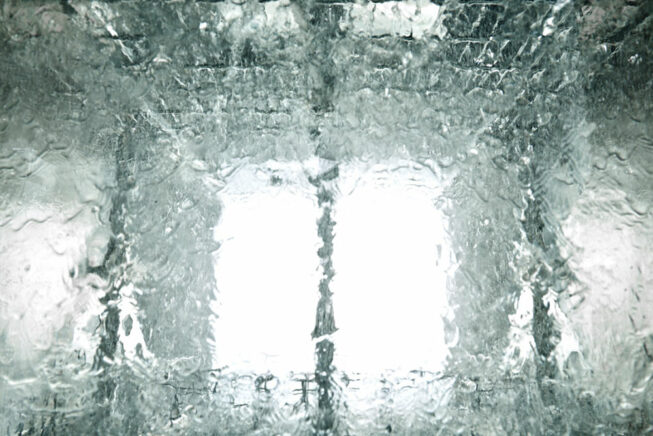Analysis of soiling and contaminants before design and definition of needs
This part aims to highlight a large number of points to be addressed in order to best define the washing process to be implemented.
First of all, it is necessary to know precisely the input data, in short to know what requires the use of the washing process.
Defilement: is it?
- Known, controlled (chemically, dimension, source, vector, etc.)
- Regular or random (what frequency of appearance and kinetics?)
- Multiple soiling or single contaminant
- Chemical, organic or both
- Soluble in water, acids, bases
- Dry or watery
- In uniformly distributed quantity or in thin layers on surfaces (problem: corners and pre-cleaning)
- Degree of adhesion generated by any prior treatment: from deposit to encrustation, in aerosol
- Reaction (laboratory materials), Firing (glassware)…

Next comes the definition of the output data
Determine and formulate in writing, from the design stage, the cleanliness objective, that is to say:
The quantifiable result WITH its acceptance criteria (operational ranges, alarms and shutdowns)
The probable Cleanliness Assurance Level (NAP) and not the means
THE PROCESS
Is it reducing or eliminating? All or part :
- Particulate contamination? (Which – Size – Threshold…)
- Microbiological contamination? (disinfection until sterilization – Endotoxins)
- Risk of cross contamination?
A-t-on besoin des mêmes seuils pour tous les articles ?
Référentiels, opérateurs, produits. Quelle classe aéraulique en sortie :
- pas de trace visible à l’œil ou au détecteur spécifique
- < 1 particule/1 µm
- < 2 particules/2.5-20 µm
- aucune particule/25 µm
Are the objectives:
- Technically realistic?
- Qualitatively quantifiable?
- Economically profitable?
- And consistent according to risk/criticality? (IC=GPxFPxND)
It is only after having addressed these different questions that we will be able to look at the means and their specific parameters.
Any investment in knowledge and parameterized analysis upstream (QbD) remains a source of latent savings in productivity and quality with regard to the risks envisaged for controlling the process.

